

Amid the summer MMO releases, Tera presents a unique angle that makes it worth checking out: action combat. This simple change makes a world of difference in a genre still wrapped in archaic trappings. While Tera does employ some traditional MMO mechanics, there’s a lot hidden under the hood that any MMO player--veteran or noob--will want to read up on before committing the cash and time to a never-ending story. Lucky for you, we’ve compiled a list of everything you’ll want to know about the mechanics and classes of Tera.

Level Progression
Combat and Character Customization
Classes
PvP
Professions and Crafting
Social Features
There is a tutorial instanced stage at the beginning of the game in which you can test out your class at level 20. It's perfect for getting familiar with a class's mechanics, and only lasts about 15-20 minutes. Thankfully, you can skip it when creating a new character after completing it once. Your character will revert back to level one upon completion and be ported to "noob island."

Level 11:Finish up with that god-awful "noob island" (why do MMOs insist on including these?) and head to the city of Velika to obtain your first mount—for free! Even better, the mounting time is instant.
Once you're in the main world, you can engage in open world PvP on PvP servers and begin leveling your crafting professions. Please note that at this time, there are no battlegrounds or any kind of PvP reward system.
Level 20: This is where things start to get really interesting. At 20, you can begin using the glyph system (essentially Tera's version of talent trees), and do your first dungeon run: The Bastion of Lok.
Dungeon list and level requirements:
Bastion
of Lok – level 20
Sinestral
Manor – level 26
Cultists'
Refuge – level 35
Necromancer
Tomb – level 41
Sigil
Adstringo – level 45
Golden
Labyrinth – level 48
Akasha's
hideout – level 48
Akasha's
hideout (Hard) - level 48
Ascent
of Saravash – level 48
Saleron's
Sky Garden – level 53
Suryati's
Peak – level 56
Ebon
Tower – level 58
Ebon
Tower (Hard) - level 60
Kelsaik's
Nest – level 58
Kelsaik's
Nest (Hard) - level 60
Labyrinth
of Terror – level 58
Labyrinth
of Terror (Hard) - level 60
Balder's
Temple – level 60
Balder's
Temple (Hard) - level 60
Fane
of Kaprima – level 60
Fane
of Kaprima (Hard) - level 60
Level 60: This is the level cap in Tera.
The first thing you need to know about Tera is that its combat is entirely different from any other MMO. In the center of your screen is a targeting reticle. You need to actually aim this thing at enemies to land a hit. There is no “chance to hit” or “hit cap” statistic here--your aim is what counts. Keep in mind your weapon or spell must make a physical connection with an enemy’s hit box--the same holds true for when enemies are attacking you. It’s important to note that every class in the game has an “escape” ability, whether it be a backstep like a Hunter’s disengage in WoW, or a combat roll. This means you can conceivably solo some high level elite monsters (called BAMs--big ass monsters--in Tera) if you master the art of timing dodges to avoid enemy attacks. You can even play this with a gamepad--and it works surprisingly well!

For melee classes, combat is somewhat comparable to The Witcher 2. When targets are moving, you’ll often have to lead them so your giant sword/axe connects. Aside from the Warrior class (we’ll get into class specifics later), melee attacks are slow. If you aim where the target is currently standing, chances are your enemy will just kite you to death. Anticipation is key.

For ranged classes, combat is like a lite third-person shooter. Archers and Sorcerers have to line up a shot for their abilities to hit. Again, anticipation of enemy movement is important (more so for Sorcs), and utilizing back-step abilities (every class has some kind of escape ability) is vital for survival. Even healers have to aim their healing spells, which adds a new layer of excitement to intense battles. It’s not enough to just stand somewhere near the tank and smash your healing - you have to be aware of everyone’s location, and since you have to aim, line of sight is more important as ever.

In most MMOs, memorizing a “rotation” is essential for maximum DPS or
tanking. While rotations are still relevant in Tera, they’re a bit more
manageable thanks to the chained skills feature. This essentially lets you
build an ability macro, linking certain abilities together to create custom
combos. Using a skill that’s chained to another causes the linked ability to
pop up on your screen--just press the spacebar to initiate the second ability
(so long as you have enough mana to use it).
For example, a Slayer can use Knockdown Strike,
which causes Overhand Strike (the next ability in the rotation) to pop up on
the screen. All a player has to do is press the space bar to activate the
ability, which then links to the Whirlwind skill. Provided enough
mana, players can go through their entire rotation by initially activating just
one ability on the hot bar and setting up links to chain into the rest of their
skills.

This feature is another reason this game works so well with a gamepad--you never have to worry about missing an essential skill in your rotation because there is no hit cap. So long as you aim properly and are close enough to an enemy, your attacks will land. It’s also nice because you can keep your eyes on the action instead of staring at cooldown timers on your action bars.

Tera doesn’t have a talent tree system--not in the traditional sense,
anyway. Instead, you can buy glyphs from merchants in the city of Velika once
you reach level 20. Glyphs are linked to specific abilities and cost a set
amount of glyph points to activate; you have a point cap, and because some of
the more powerful glyphs require more points to use, you have to consider the benefits
and costs of each very carefully.
For example, the Slayer DPS class can purchase the Persistent Overhand
Strike glyph, which has a 50% chance to reset the cooldown of the Overhand
Strike ability when used. This is one of the class’s main DPS abilities, so
obviously the chance to reset the cooldown is a good thing--but it costs 6
points to activate. At level 20, you only have 10 glyph points available in
your pool.


There’s something you’ll want to know about the classes in Tera up front: most have static roles, and each only ever uses one weapon type. This is because each class’s abilities and play style are dependent on its weapon type. While you can build your glyph layouts to customize your class, there won’t be a ton of variation between players of similar classes. An Archer will always be DPS, a Priest will always be a primary healer. Every class has a mana bar for abilities. Here’s a rundown of how each class plays.
The Archer is a ranged DPS class with a good amount of mobility. They employ traps, charge-up attacks that penetrate multiple enemies, use stuns, and do massive burst damage. They’re also pretty adept at AoE abilities, making them a great asset for any group. Also, many of their attacks do more damage the closer they are to an enemy.
This class is an absolute beast. They use a giant two-handed axe and rely heavily on charge-up attacks to do insane damage. Their attacks have a wide berth and can cut down groups of enemies in seconds. Instead of having a combat roll like other melee classes, Berserkers can use their axes to block incoming damage. Their attacks are super slow, so timing is everything. But if they hit, enemies are toast.
Lancers are the traditional sword-and-board tanks in Tera. They have a huge attack range thanks to their lances, and must actively block with a shield to mitigate damage. Learning to read enemy attacks and time shield blocks is vital to survival, and they do a solid amount of damage to boot. They have extreme survivability and are an essential part of any group.
Mystics are a really strong support class; they have a variety of buffs, snares, and auras to boost a group’s survivability. They deal damage primarily through damage over time abilities and frontal AoEs, and are highly sought after on every server.
The primary healing class in Tera. Priests have a variety of single-target, multi-target, and AoE heals and buffs. They also have some rather powerful attacks, many of which require close range encounters. Priests are invaluable to any party looking to survive the first mob in a dungeon.
Slayers are faster and use a giant two-handed sword to devastate their opponents. Yet they’re not quite as strong as Berserkers. Their attacks and abilities have a high chance to knock down opponents, making them extremely valuable in both PvP and dungeon groups. They also do high burst damage and have evasive abilities at their disposal. Slayers are considered one of the easiest classes to play.
Sorcerer’s use magic to blow stuff up, and are easily the biggest damage dealer in the game. While they have a few single-target abilities, many of their most powerful skills are AoE or splash damage spells.
Warriors are one of the only classes with more than one roll: they can act as DPS or evasive tanks. They dual-wield one-handed swords, delivering damage through a quick flurry of blows. The warrior has a play style similar to traditional rogue classes in MMOs. They can be glyphed to be tanks, too, with many of their abilities buffing their defense and survivability. Warriors are extremely difficult to master, but they can be one of the most versatile classes in the game when played correctly.
Unlike most MMOs, there are no factions in Tera. That means if you’re playing on a PvP server, prepare to ganked a billion times--it’s a free-for-all. Players can flag themselves for PvP, which allows them to attack anyone, even lowbies. This also means they can be attacked by anyone.
As of now, there are no PvP battlegrounds, but players can duel anywhere in the game. You can PvP if you’re playing on a PvE server. Players can sign up for “deathmatches”, team battles range anywhere from 1-vs-1 to 10-vs-10. You can even bet gold on who you think will be the winning team. Once a deathmatch is created, you can publicize it via the deathmatch menu, allowing anyone to join in the fray.

If that’s not exciting enough, joining a guild allows for some super exciting PvP opportunities, as guilds can declare war on one another. If two warring guilds were to organize, large-scale battles (potentially up to 300-vs-300) could break out anywhere in the world. These battles last until one of the following criteria are met:
-24 hours have passed
-One guild scores a set amount of points
-One guild’s leader forfeits
Your guild can be involved in up to three wars at once, but once a war ends, a cooldown timer activates and your guild must wait awhile before you can challenge the same guild again. Starting and forfeiting a Guild-vs-Guild battle requires a special item that can be purchased from vendors in major cities.

Crafting in Tera is very similar to just about any other MMO with one main difference: you can take up every crafting and gathering profession in the game. While that may sound enticing, leveling professions is extremely costly.
The benefit is professions like armorsmithing and weaponsmithing can be leveled almost exclusively through smelting ore. In every profession, special reagents called runes are required for most recipes. These are item drops that you’ll have to do some farming to obtain. Additionally, rare crafting recipes come from world drops and aren’t often learned from vendors.

Here’s a list of the professions in Tera:
Mining: Used to gather ore for weaponsmithing and armorsmithing and alchemy.
Plants: Used to gather plants for tailoring and alchemy.
Energy: Used to gather essences for focus crafting and alchemy.
Weaponsmithing: Makes lances and shields, axes, paired swords, and greatswords. Requires ore.
Focus Crafting: Makes ranged weapons, including bows, discs, scepters, and staffs. Requires essences.
Leatherworking: This makes leather armor for Warriors, Slayers, and Archers. Leather is obtained by killing animals in the wild appropriate to the tier of leather you require.
Tailoring: Makes cloth armor for Sorcerers, Mystics, and Priests. Requries plants.
Alchemy: One of the most useful professions in the game, Alchemy uses reagents from all gathering professions. Makes consumable items like potions, scrolls, and dyes.
Enchanting: It’s important to keep in mind that there are various tiers of gear in Tera, with each subsequent tier being stronger than the last. Some equipment can be enchanted, as indicated by the tooltip on the item. Enchanting in Tera requires special reagents, and the effects of enchanting are different for every enchantable weapon. Think of enchanting NOT as adding customizable effects to a weapon, but unlocking dormant effects already existing on the weapon.

There are a total of nine levels of enchantment for each piece of gear. You will unlock a new ability that is dormant on the piece of equipment every 3 levels you successfully enchant. Unlocking the highest tiers of enchantment require the powerful, and expensive, reagents.
The most important part of an MMO is arguably its community, and
while Tera is still in its infancy (at least in North America), it comes
packaged with a few social features that are sure to please any MMO veteran.

For starters, it launched with a cross-server dungeon matchmaking system, similar to WoW’s LFG tool. This makes finding groups for dungeons extremely easy.

Another neat feature is the guild list, which allows you to look at every guild on your server. From the guild list menu, you can find a guild’s name and level, its leader’s name, when it was founded, how many members it has, and its total praise, which is essentially a rating of how popular it is. While in this menu, you can also give praise to a guild or apply to join it in-game, which is a nice change from the website-driven applications of hardcore guilds in other MMOs.

Finally, one of the most interesting aspects of Tera is its political system. During set periods of time, elections are held for the position of Vanarch--a leader of one of Tera’s 20 provinces; only guild leaders can apply for the candidacy. During the election process, players on each server choose which guild leader will become Vanarch of a given province. Once elected, Vanarchs have the power to activate (or remove) special vendors, trainers, world bosses and more in their province, and they hold power for three full weeks. There’s no way to impeach them should they abuse the system and deactivate all a province’s services, but that’s a good way to get your guild blacklisted by the community.

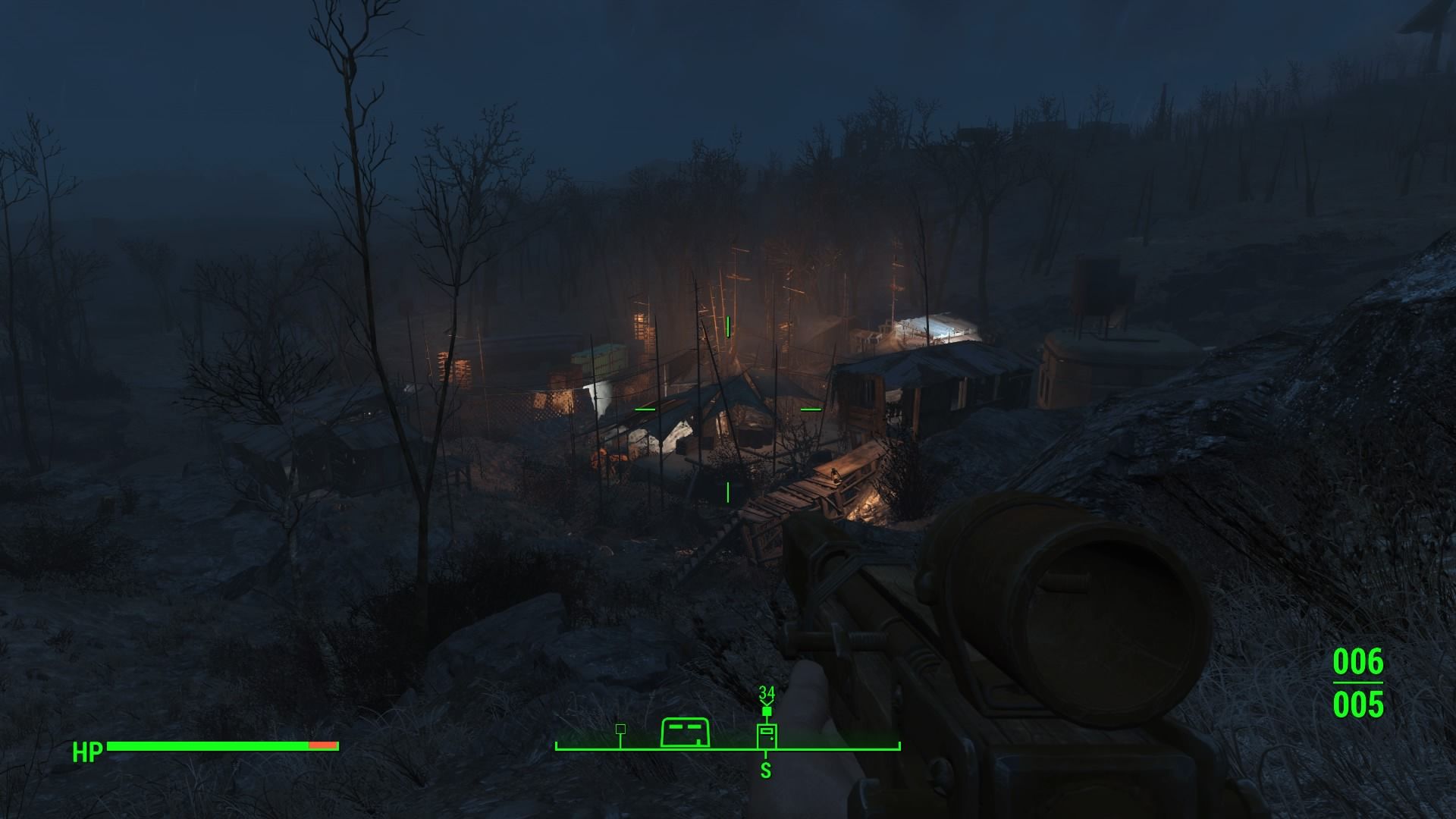
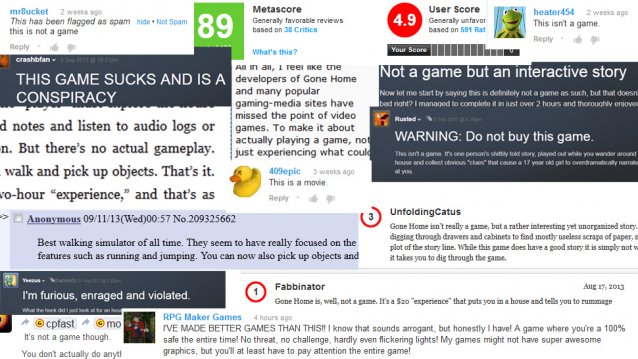


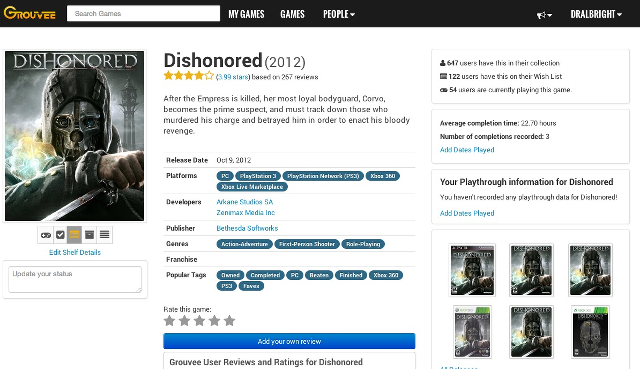 Like Goodreads, but for Video Games: Manage Your Game Collection Better
Like Goodreads, but for Video Games: Manage Your Game Collection Better It's Almost Tax Time - Protect Yourself From Scammers
It's Almost Tax Time - Protect Yourself From Scammers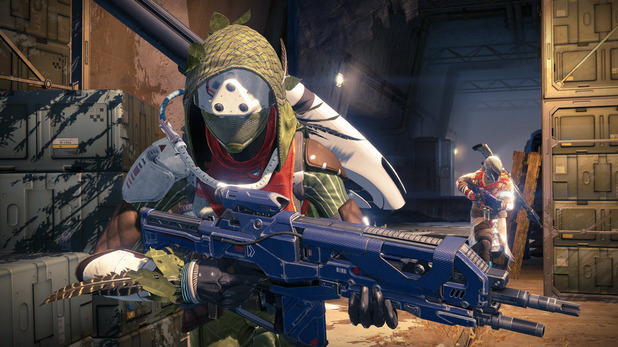 Destiny: The Taken King Guide - How To Beat Tier 3 Court of Oryx Boss Thalnok, Fanatic Of Crota
Destiny: The Taken King Guide - How To Beat Tier 3 Court of Oryx Boss Thalnok, Fanatic Of Crota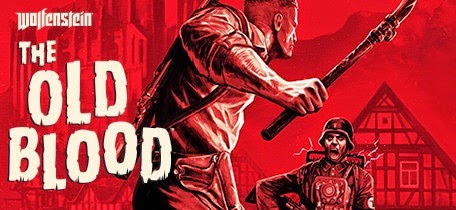 Wolfenstein The Old Blood - complete guide
Wolfenstein The Old Blood - complete guide Disney Infinity 3.0 Starter Pack Review and Giveaway
Disney Infinity 3.0 Starter Pack Review and Giveaway